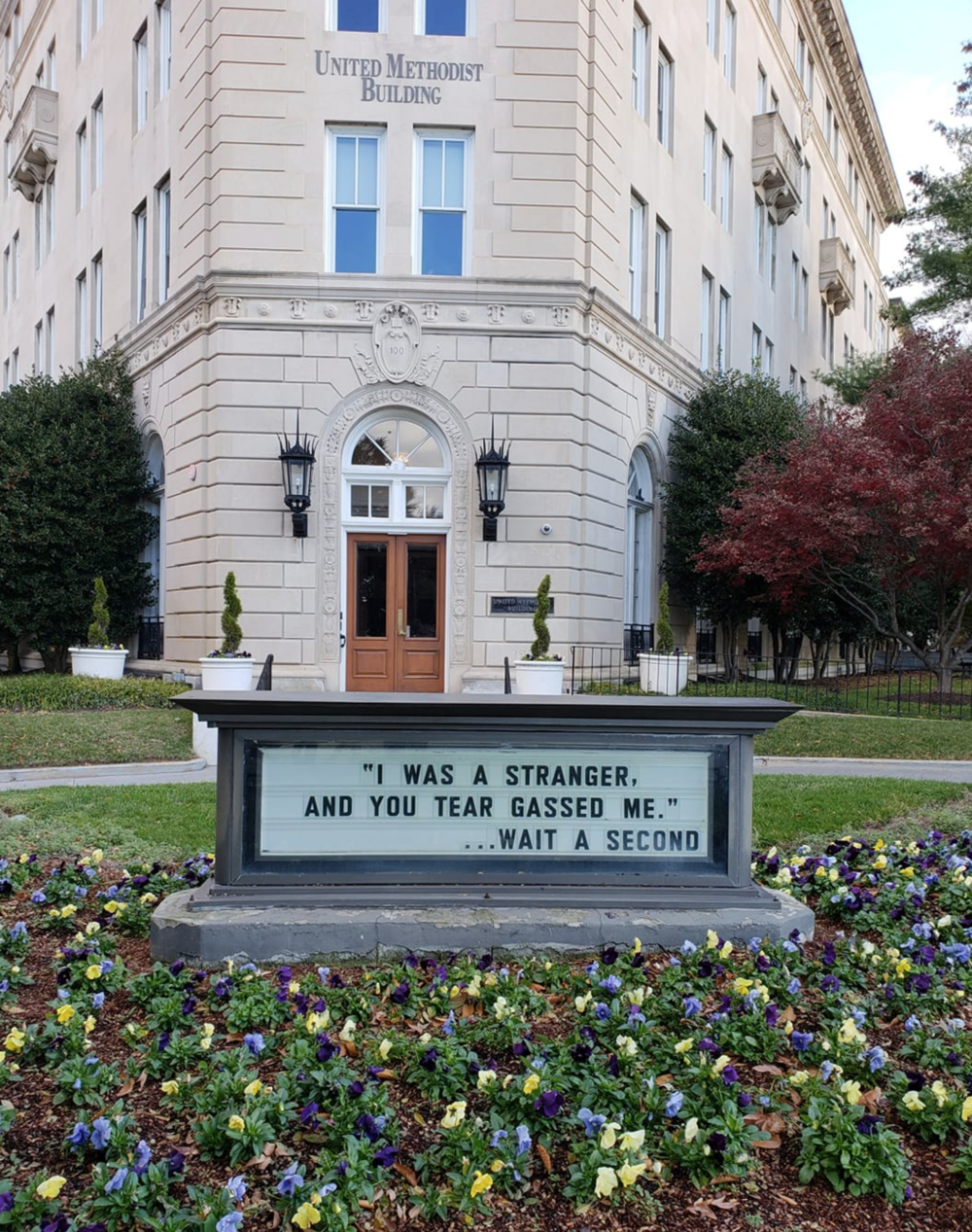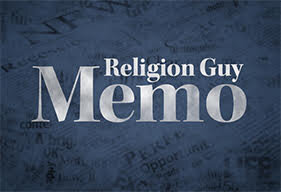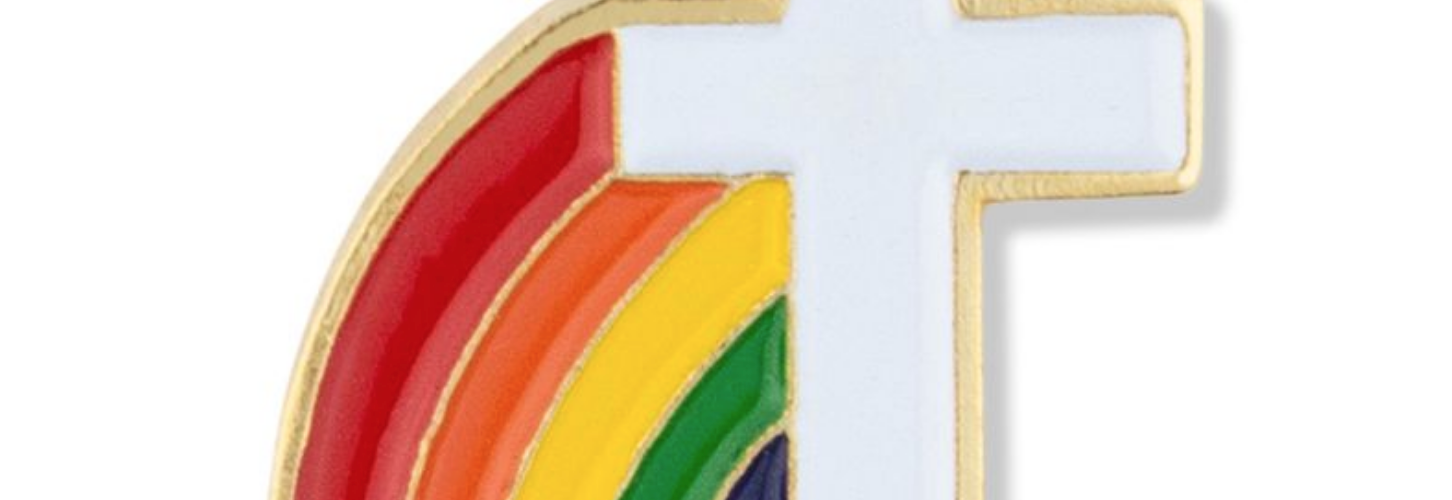
The Easter season 2021 came with legacy media belief in the resurrection — of the Religious Left.
Since Jerry Falwell (Senior) emerged from the underbrush, how many times have we read forecasts that religiously inspired political liberals will supplant the political prominence and influence of the Religious Right? This must be something like round 175.
The latest, headlined “Progressive Christians Arise! Hallelujah!“, emerged from the word processor of Nicholas Kristof, who treats religious themes more often than fellow New York Times commentators — except David Brooks and Ross Douthat.
The Religious Left, so prominent in the New Deal days and the anti-war and civil rights efforts of the 1960s, never went away. Witness the perpetual political pronouncements from the “Seven Sisters” of Mainline Protestantism, for example the United Methodist Church lobby headquartered across the street from the U.S. Capitol and next door to the U.S. Supreme Court.
Journalists need to carefully evaluate these claims because renewed political impact by a Religious Left would loom large on story agendas. What’s the evidence?
Kristof pins hopes heavily upon Democrats with religious leanings “moving onto center stage” as follows. Catholic President Joe Biden is a faithful churchgoer (unlike Donald Trump). Veep Kamala Harris regularly “attended” Baptist churches (but note the past tense). Senator Elizabeth Warren “taught” Sunday School (another past tense). Senator Cory Booker and Transportation Secretary Pete Buttigieg “speak the language of faith fluently.” And media star Alexandria Ocasio-Cortez says Catholicism “inspires” her radicalism.

The column also touts troubles on the right. Some of those rabid U.S. Capitol rioters invoked religion. The Atlanta spa shooter was an active Southern Baptist, and omni-popular speaker Beth Moore just quit that denomination. (Kristof doesn’t mention Moore’s unchanging conservatism on issues of morality). One of Billy Graham’s grandchildren is upset over Evangelical politics.
Then we’re told progressive Christianity “began with Jesus,” he who “never explicitly mentioned” homosexuality or abortion.
Religion writers well know the problems with that frequent assertion. Actually, Jesus defined marriage as heterosexual (Mark 10:6-9, Matthew 19:4-6), and the New Testament cherishes life in the womb at least by the point of “quickening,” as with Jesus himself (Luke 1:41-45). Then there are the moral doctrines of the early church.
Reporters will also recognize the hard political reality that prominent individuals do not a movement make. Leaders need followers. A big Democratic bloc consists of non-religious or anti-religious Americans (who are relatively hard for campaigns to reach and organize compared with church folk). Democrats can also rely upon their traditional religious blocs of Jews, African-Americans, and Hispanics (who strayed slightly in 2020).
I put together a really simple linear model to project what American religion will look like in the next decade.
The results indicate that the “nones” will unequivocally be the largest group in America in 2029, and that’s largely a result of more mainline decline (10.8%->4.4%). https://t.co/NF6PbrEAMR
— Ryan Burge 📊 (@ryanburge) October 24, 2019
But there’s trouble elsewhere. Leave aside “Evangelical” Protestants, who are invariably and heavily conservative. The all-important swing vote of white Catholics has moved markedly away from historic Democratic loyalty. Pew Research says those among them who back or “lean” Republican rose from 45% in 1994 to 57% by 2019 — a political earthquake.
“Mainline” Protestants, potentially important for liberals, are split on politics — especially between leaders in pulpits and believers in pews — so cannot provide the united phalanx that Evangelicals do. The latest General Social Survey shows a slight Mainline uptick, from 10.2% to 10.8% of the U.S. population. But that follows a half-century of disastrous shrinkage for these once-regnant church bodies, which have lost about 40% of their members.
Reporters need not look hard to find reasons why religious citizens who are not Republican zealots might question whether liberals and Democrats respect their values and concerns. Start with House Democrats’ unanimous support for the dismissal of religious freedom claims in their Equality Act now pending in the Senate. And President Biden still wants to go after the poor Little Sisters of the Poor — again.
Finally, this needs more journalistic analysis: If political identification and diversion into activism have been so toxic for conservative churches, maybe it equally so for liberal churches when their politicking was prevalent?
MAIN IMAGE: From the Facebook page of the United Methodist Church General Board of Church and Society.










